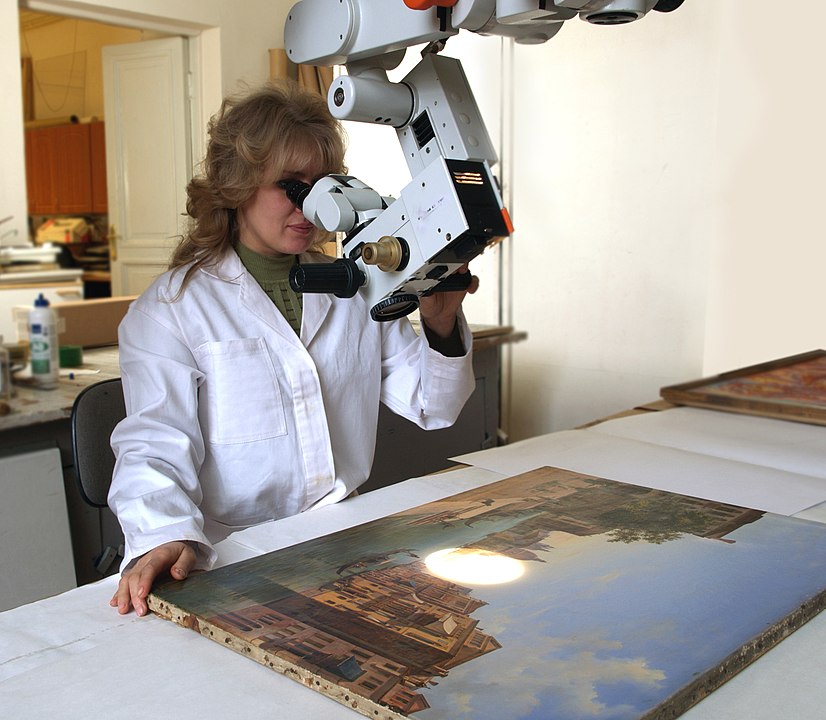A road map with twelve recommendations that aim to achieve the goal of a well-functioning heritage ecosystem released the European Cultural Heritage Skills Alliance (CHARTER).
CHARTER works towards creating a lasting, comprehensive strategy that will guarantee Europe has the necessary cultural heritage skills to support sustainable societies and economies. The Erasmus+ funded project maps the current and future needs of the sector to bridge the gap of skills shortages and mismatches between the educational and occupational fields.
The recommendations form a central part of the future skills strategy and attempt to bridge the gap between education and labour market needs in the heritage sector. More specifically they seek to address skills gaps, promote lifelong learning and foster professional mobility. They also aspire to ensure equitable career pathways and promote comprehensive data analysis and evidence-based decision making in sector governance.
This strategy is the result of a combination of research, enquiry, consultation and collaboration with regional, national and European stakeholders undertaken by the project since 2021. Museums and the cultural heritage ecosystem are encouraged to take actions inspired by these recommendations with a focus on upgrading and transfer of heritage skills.
The CHARTER's vision is to support the creation of an innovative, enterprising sector that transforms the heritage resource into a driver of sustainable social, economic and environmental change and an attractive and rewarding career option.
According to the proposed strategy, organisations and institutions are invited to:
1. Encourage coordinated skills strategies at the EU, national, and regional levels to align education and labour market demands, ensuring heritage’s role in achieving societal and environmental goals.
2. Combat the loss of traditional heritage skills caused by disrupted generational transfers, shrinking markets, and precarious employment. Emphasise their relevance for addressing modern challenges like sustainability and climate resilience.
3. Equip heritage professionals with communication, digital, entrepreneurial, and ethical skills alongside core competencies in preservation and governance to navigate evolving challenges and interdisciplinary roles.
4. Follow the eight pathways for adapting or developing curricula: community engagement, sustainability in built heritage, heritage crafts, new heritage conservation, digital heritage, participatory leadership, heritage policy design, and international relations.
5. Encourage continuing education (CET) to upskill and reskill professionals in areas like digital content creation, conservation, and management, ensuring flexibility to adapt to emerging needs such as AI and digital outreach.
6. Expand recognition of skills gained through non-formal and informal methods, such as on-the-job training and traditional crafts, using tools like micro-credentials and validation processes to improve mobility and career access.
7. Enhance access to internships and traineeships by improving coordination, offering fair remuneration, and ensuring better integration into education programs to bridge gaps between training and the workplace.
8. Standardise quality assurance in vocational (VET) and continuing education (CET) to ensure consistent standards across the EU, particularly for work-based learning, which is vital for heritage professionals.
9. Address workforce precarity by improving job stability, promoting gender equality, and increasing representation of disadvantaged groups to foster diversity and resilience in the heritage sector.
10. Harmonise standards and improve recognition of qualifications to support the mobility of heritage professionals across the EU, addressing gaps in tools like ESCO and improving alignment with national frameworks.
11. Improve data collection and monitoring using updated methodologies and taxonomies to ensure reliable statistics that reflect the sector’s dimensions and inform effective policymaking.
12. Recognise and enhance heritage’s intersection with other sectors like tourism, sustainability, and urban planning, while improving procurement standards to include heritage-related activities and attract skilled professionals.
--
Photo credit: Евгений Со
Photo source








